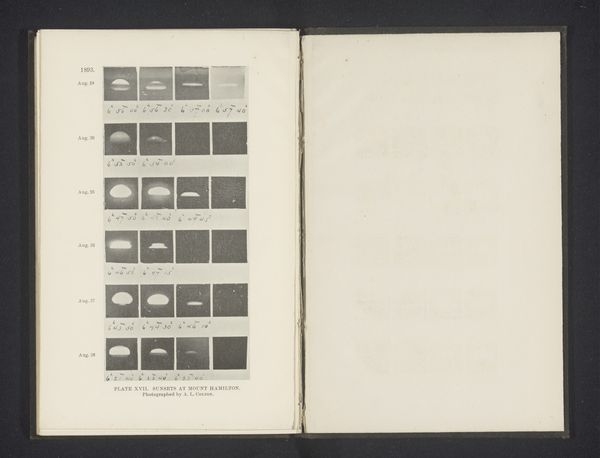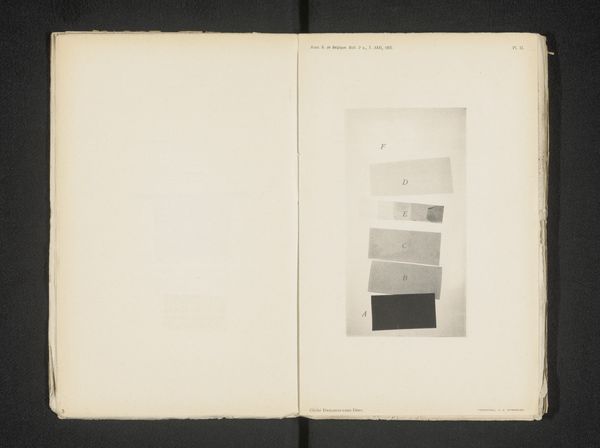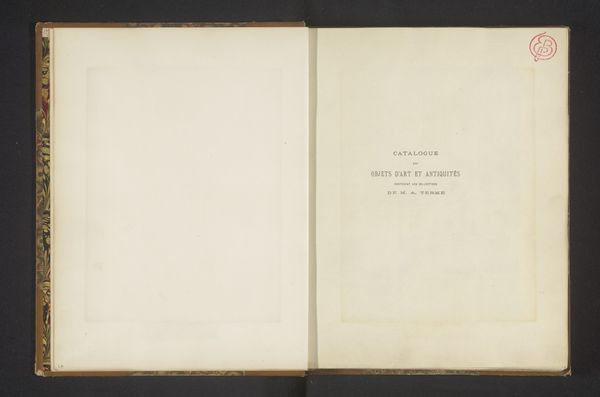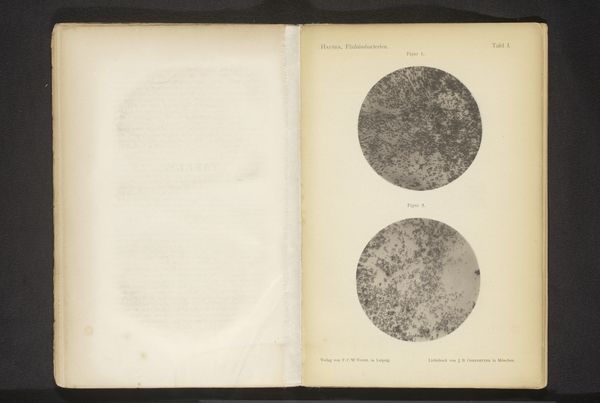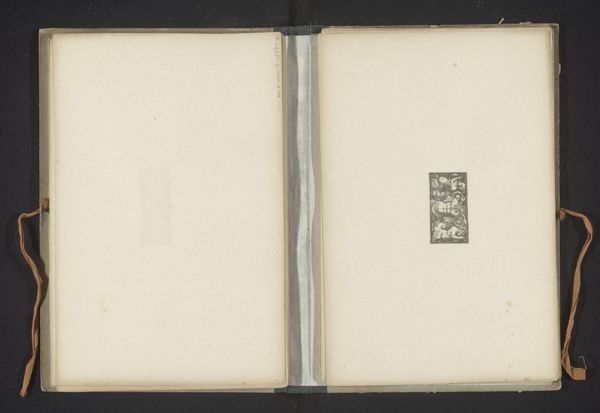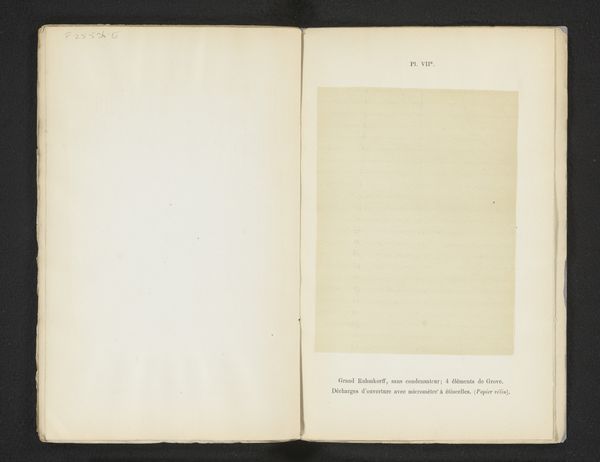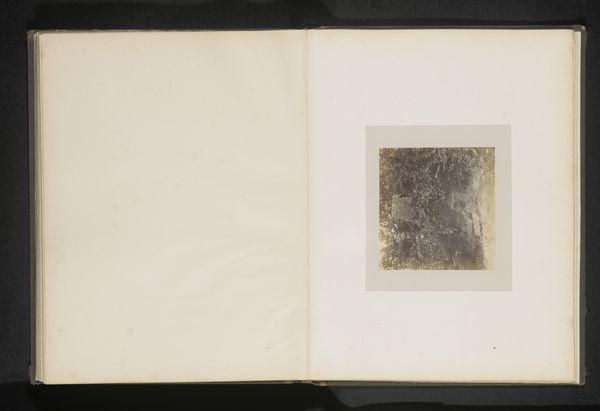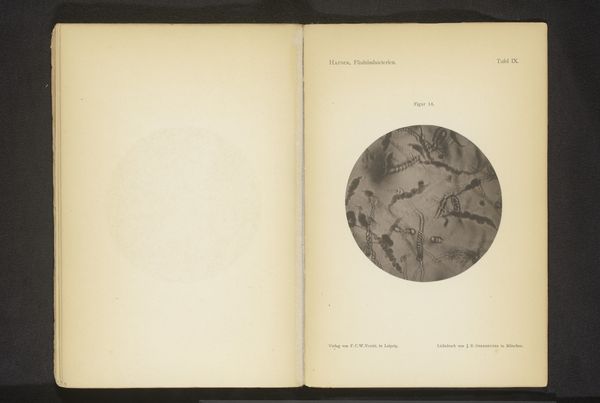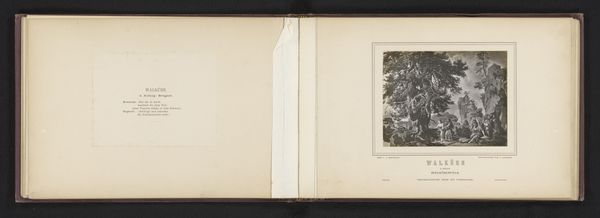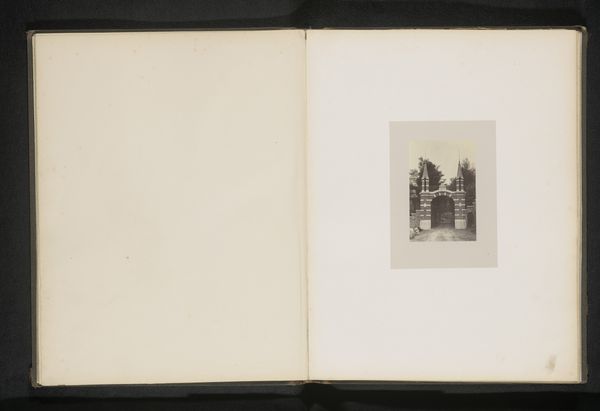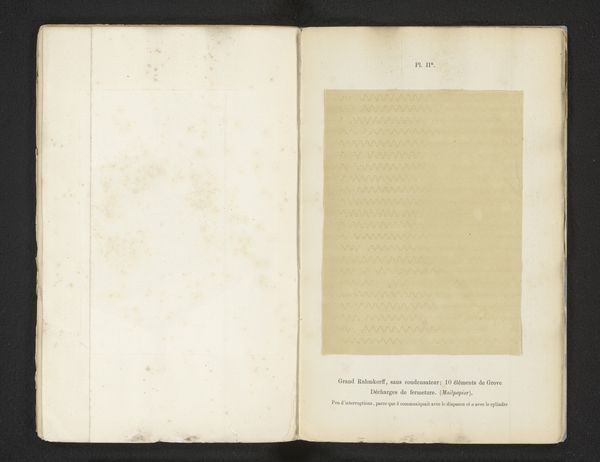
Twee reproducties van teststalen met negen kleuren before 1890
0:00
0:00
johannbaptistobernetter
Rijksmuseum
print, photography, collotype
# print
#
photography
#
collotype
#
academic-art
#
modernism
Dimensions: height 151 mm, width 119 mm
Copyright: Rijks Museum: Open Domain
Editor: So, here we have "Twee reproducties van teststalen met negen kleuren," made before 1890 by Johann Baptist Obernetter. It’s a print, made using photography and collotype techniques. I’m struck by the almost scientific approach—it feels very detached, like a catalog of color samples. What is your take on it? Curator: The key to understanding this lies in its materiality and the context of its production. Collotype, a photomechanical printmaking process, was crucial for disseminating knowledge at the time. Consider the labor involved in creating these plates and prints, the precise chemical processes, the skills required to manipulate light and emulsions. This wasn’t just about art; it was about industry, about reproducibility and accessibility. Editor: That makes sense. I hadn't considered the industrial aspect. So, the artist, or rather the maker, is almost secondary to the process itself? Curator: Precisely. Obernetter’s role becomes less about individual expression and more about the mastery of these industrial techniques. The final print then isn’t just an image, it's a product of a specific set of labor practices, materials, and technological advancements. We need to investigate who was commissioning this kind of work, who was using it, and what needs were they trying to fulfil by reproducing this catalogue of colors. Editor: That's fascinating. I guess I was viewing it through a very modern lens, focusing on aesthetics rather than the production itself. It is not so much about 'art', but a 'service'. Curator: Exactly. By examining the means of production, we reveal the societal forces at play behind even seemingly simple images like these color test samples. The boundary between high art and utilitarian object blurs, forcing us to rethink traditional artistic values. Editor: I see what you mean. It challenges the idea of the unique artwork and pushes us to consider the social implications of mass reproduction. Thank you! I never would have considered it in that context otherwise.
Comments
No comments
Be the first to comment and join the conversation on the ultimate creative platform.
